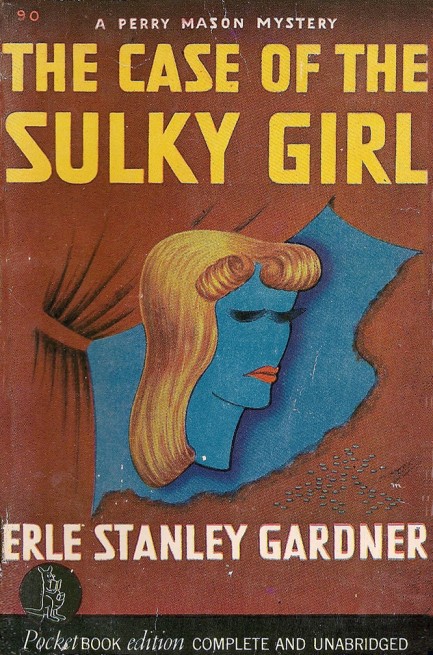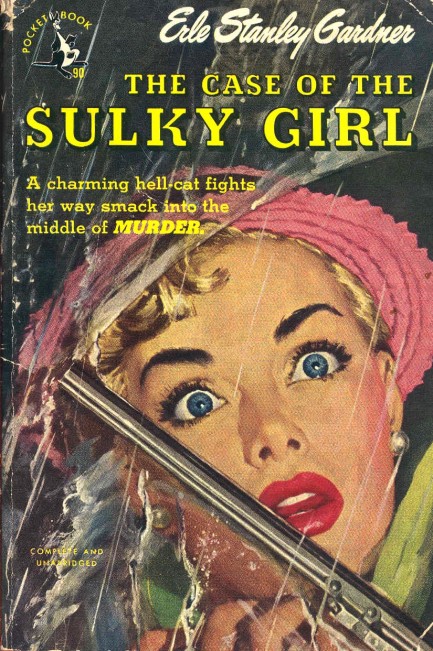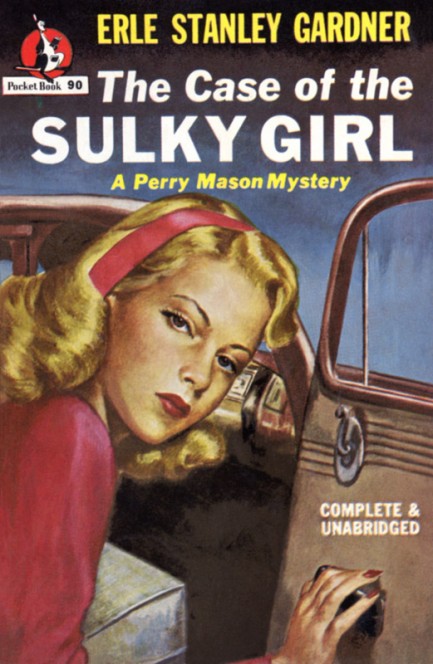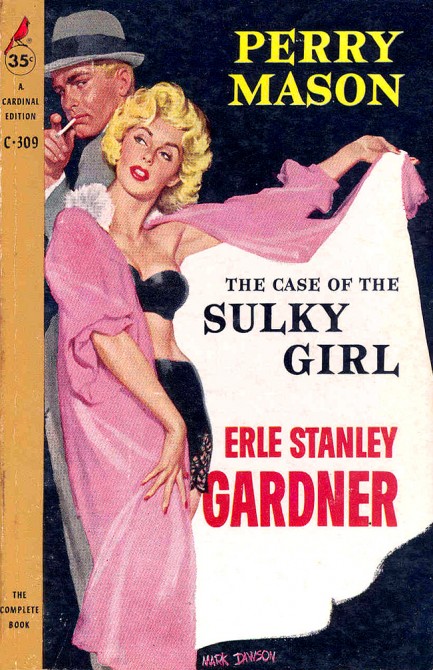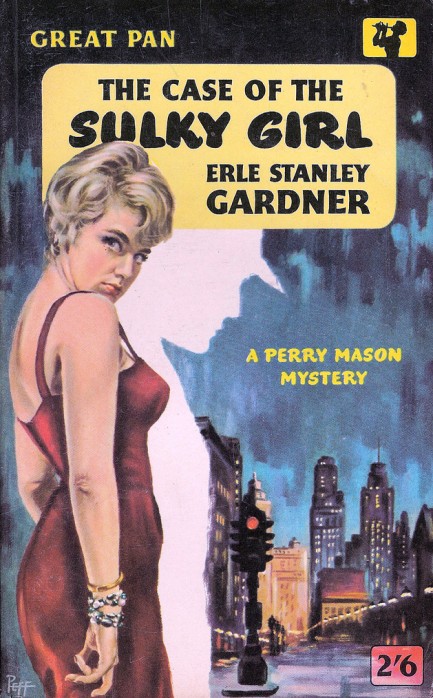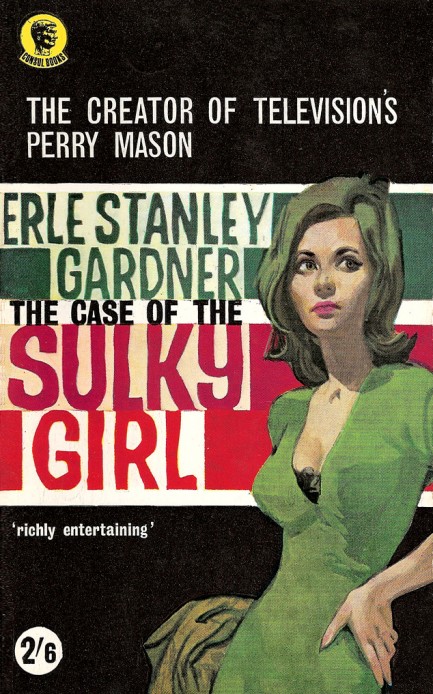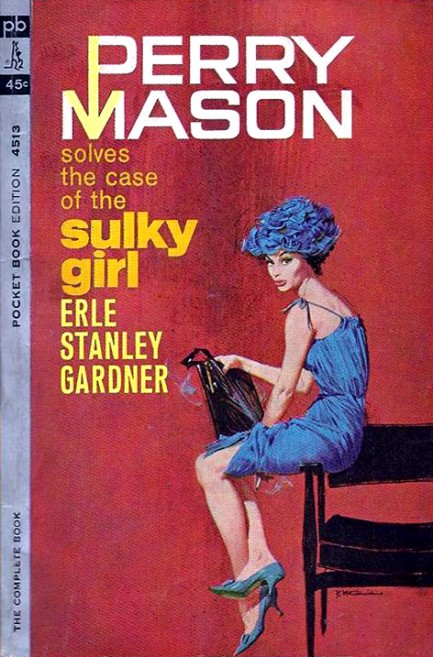| Vintage Pulp | Jan 15 2024 |

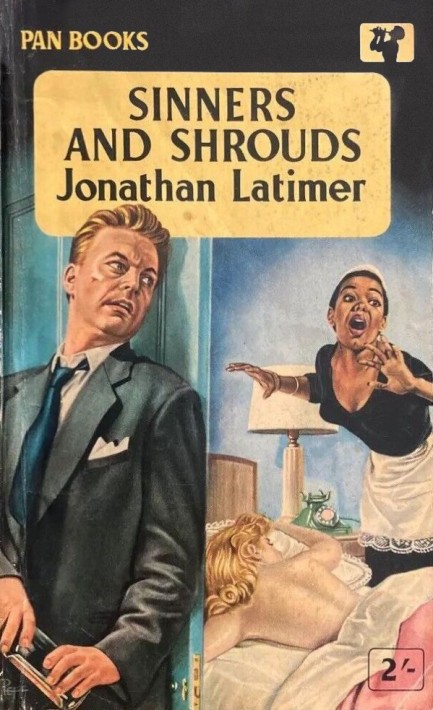
Her contract says no windows, laundry, or corpses, so it looks like there's going to be an opening for a new maid. Jonathan's Latimer's Sinners and Shrouds, the Pan Books version of which you see above with art from Samuel Peffer, is a find-the-real-killer novel in which the main character, ace reporter Sam Clay, wakes up in bed with a murdered blonde and needs to figure out how that happened before the police nab him. He's blacked out the entire previous night thanks to some serious imbibing and, though he has few clues, eventually learns that the murder has to do with an enormous sum of money and has roots in the past. In the hands of many authors this would be a standard tale, but Latimer is an upper tier craftsman, and everything from the dialogue to the unusual mystery at the center of the book are a cut above. We won't say it approaches his best—it was his second-to-last novel—but it's still Latimer and that means it's worth a read.
| Vintage Pulp | Dec 13 2023 |

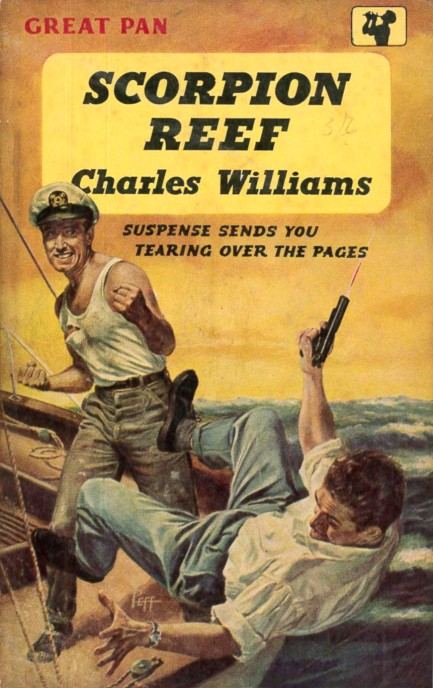
We mentioned that Charles Williams' 1955 novel Gulf Coast Girl was originally published as Scorpion Reef. Above is a look at the cover Great Pan produced for its 1958 edition. This was a typically excellent Williams effort, as we noted earlier.
| Vintage Pulp | Sep 11 2022 |

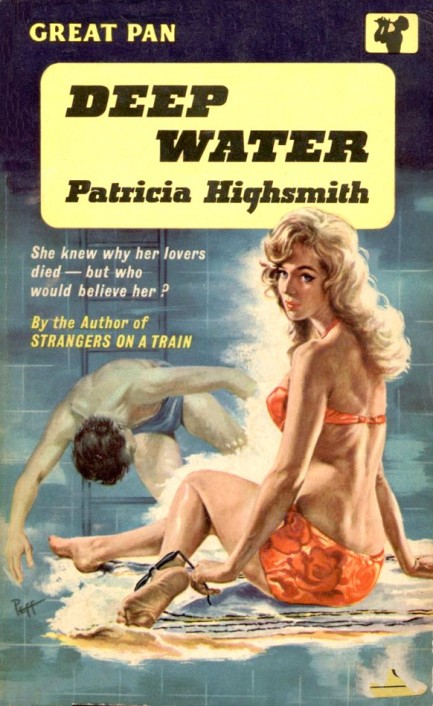
Patricia Highsmith was the high mistress of sociopathic characters, and Vic Van Allen, coming a couple of years after her famed psycho Tom Ripley, is an amazing creation. He's kind, urbane, low key, and horribly mistreated—all of which makes him a pressure cooker ready to explode. Deep Water is told entirely from his point of view, and its highly interiorized narrative makes you really feel for the guy—even after he starts killing people. The key to dragging forth the reader's sympathy is Highsmith's portrayal of Melinda, who tortures Vic day in and day out, destroying his peace of mind, his reputation, and his masculinity. This is a highly recommendable book, and if you can get the 1961 Pan edition you see here with Sam Peffer cover art, you'll be that much the happier for it.

| Vintage Pulp | Mar 16 2022 |

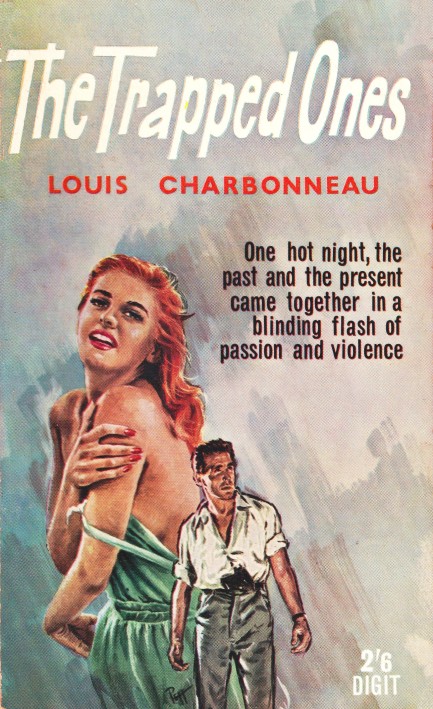
Sam Peffer painted this beautiful cover for The Trapped Ones by Louis Charbonneau, originally published in 1959 as Night of Violence, with this renamed edition from Digit appearing in 1963. Either title works. The characters are trapped, and it's violent. The location: a motel in nowheresville New Mexico. The violence: a mob guy who's stolen $50,000 and whose pursuers catch up to him right when he stops for a rest. How to solve the problem? Taking a few hostages might work. The other characters include the studly owner, the beautiful best girl, the ex-wife, the hateful couple, the confirmed coward, the dangerously precocious daughter who's mistaken the secretive criminal for her favorite singer, and the minor league pitcher-turned-hitman eager to throw his “fastball”—i.e. a hand grenade. Personal demons come to the fore, seduction has a cost, the premises become a battleground, people get shot, and that grenade explodes. The book is well written, if a little melodramatic. Certainly it's in the upper half of the quality curve for mid-century thrillers. We'll be back, Charbonneau.
| Vintage Pulp | Apr 20 2021 |

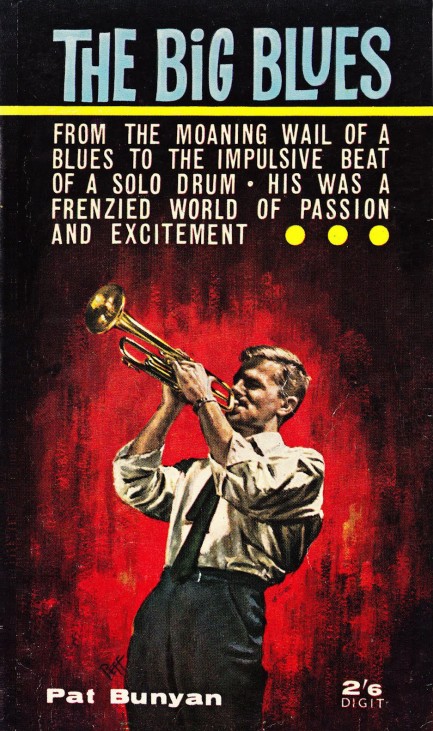
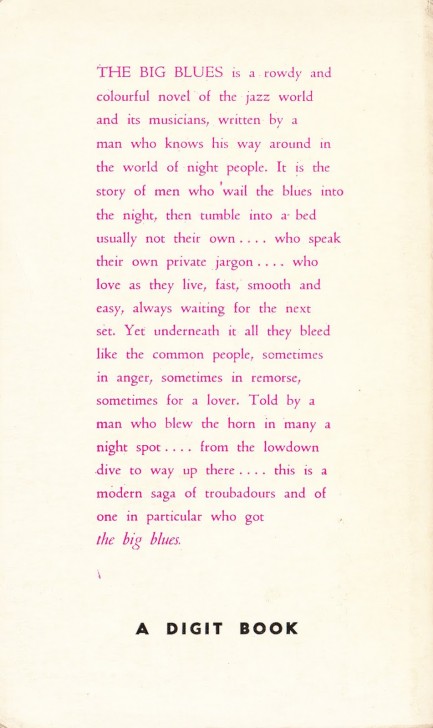
| Vintage Pulp | Sep 2 2017 |

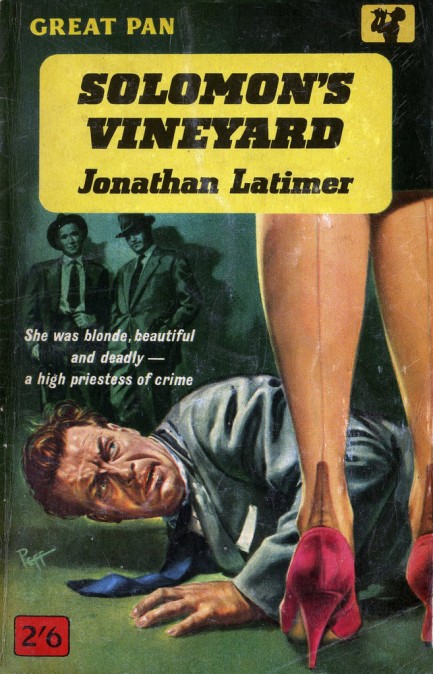
I grabbed her by the arms and shook her. Her false teeth fell out and rolled across the carpet. [snip] I started into the parlour, but a thin man in shirtsleeves was in the way. I hit him and he went down. In the parlour the blonde who'd slugged me with the lamp began to scream. She thought I was coming for her. I went to the big radio in the corner. I picked it up, tearing out the plug, and tossed it across the room. It shattered against
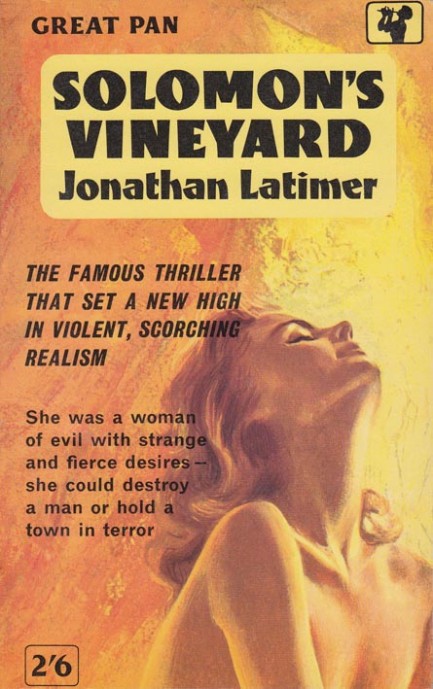 the wall. I kicked over a table with two lamps on it. I tore some of the fabric off a davenport. I threw a chair at a big oil painting over the fireplace. I took a metal stand lamp and bent it up like a pretzel. I pulled up the oriental rug and ripped it down the middle.
the wall. I kicked over a table with two lamps on it. I tore some of the fabric off a davenport. I threw a chair at a big oil painting over the fireplace. I took a metal stand lamp and bent it up like a pretzel. I pulled up the oriental rug and ripped it down the middle.That's going berserk like you mean it. We won't bother with a long plot summary since you can find those all over the internet, but basically the protagonist is hired to spring a woman from a cult and finds himself neck deep in corpse worship, hidden treasure, police corruption, and sado-masochism. The book is reasonably well written, very hard boiled, and built around a set of unlikely characters—including a femme fatale known by all as “The Princess.” Great Pan published it in 1961, and it had an alternate cover which you also see here. It was re-issued several times after its debut—including by Popular Library as The Fifth Grave—which means it isn't hard to find. We recommend you give it a read.
| Vintage Pulp | Mar 28 2016 |

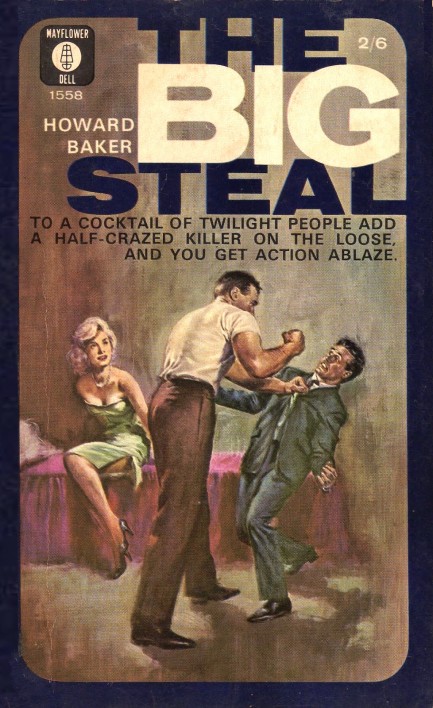
Howard Baker, born Arthur William Baker, is an Irish author sometimes referred to as W. Howard Baker, and who also wrote as Peter Saxon, William Arthur, W.A. Ballinger, and Richard Williams. The Big Steal involves a typical cast of misfit thieves trying to make off with a cache of gold bullion from Heathrow Airport, mixed with a plot thread about a killer on the loose. Baker also wrote war fiction, sci-fi and supernatural tales. The great cover art for the 1964 Mayflower Dell paperback you see here was painted by Peff, aka Sam Peffer.
| Vintage Pulp | Jul 17 2015 |


We have another collection today as we prepare to jet away on vacation with the girls. Since the place we’re going is known for rowdy British tourists (what place isn’t known for that?), we thought we’d feature some of the numerous paperback covers featuring fights. You’ll notice, as with our last collection, the preponderance of French books. Parisian publishers loved this theme. The difference, as opposed to American publishers, is that you almost never saw women actually being hit on French covers (we’d almost go so far as to say it never happened, but we’ve obviously not seen every French paperback ever printed). The French preferred man-on-man violence, and when women were involved, they were either acquitting themselves nicely, or often winning via the use of sharp or blunt instruments.
Violence against women is and has always been a serious problem in the real world, but we’re just looking at products of the imagination here, which themselves represent products of the imagination known as fiction. Content-wise, mid-century authors generally frowned upon violence toward women even if they wrote it into their novels. Conversely, the cover art, stripped of literary context, seemed to glorify it. Since cover art is designed to entice readers, there’s a valid discussion here about why anti-woman violence was deemed attractive on mid-century paperback fronts, and whether its disappearance indicates an understanding of its wrongness, or merely a cynical realization that it can no longer be shown without consequences. We have another fighting cover here, and you may also want to check out our western brawls here.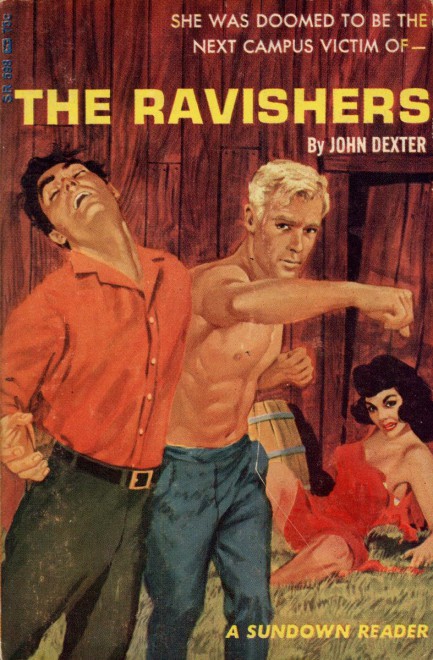
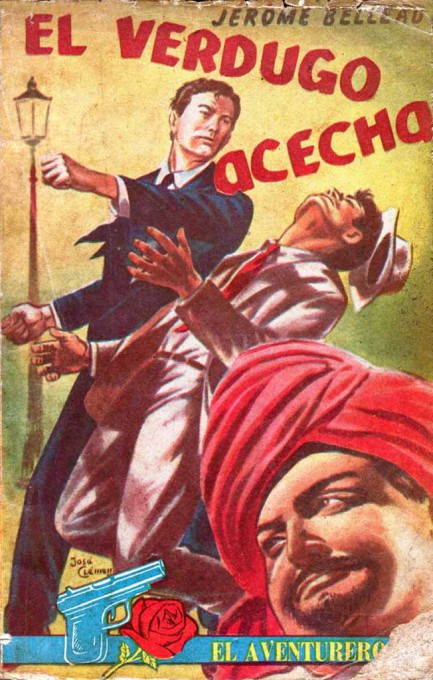
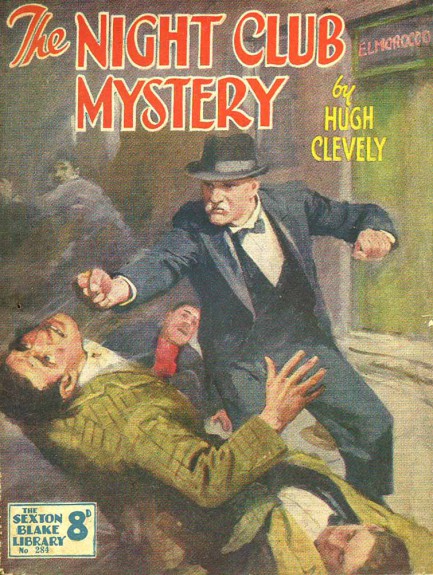

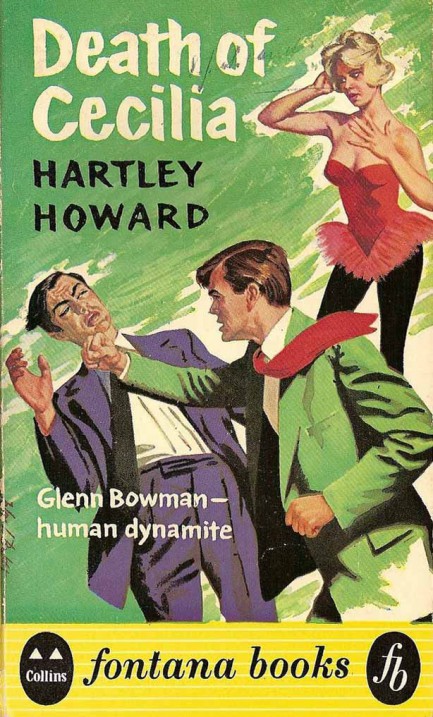
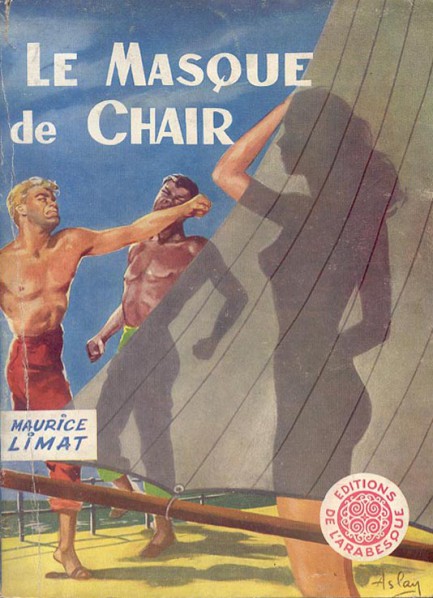
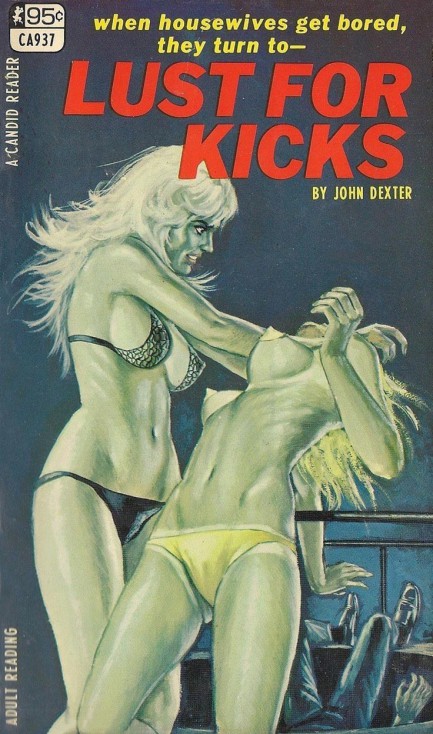
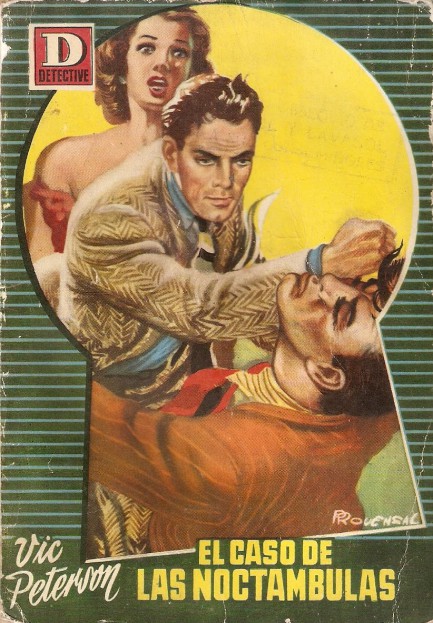
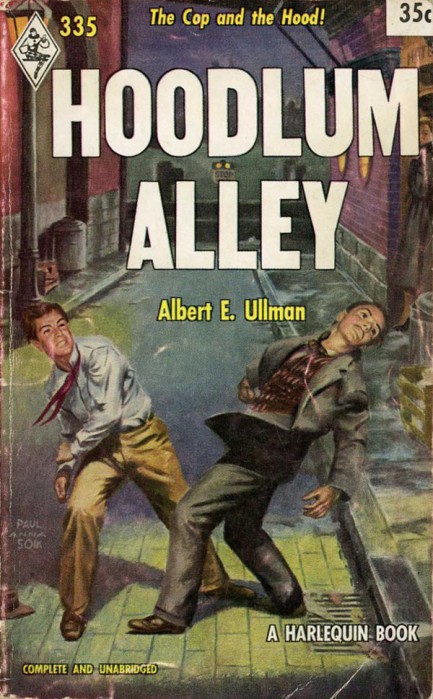
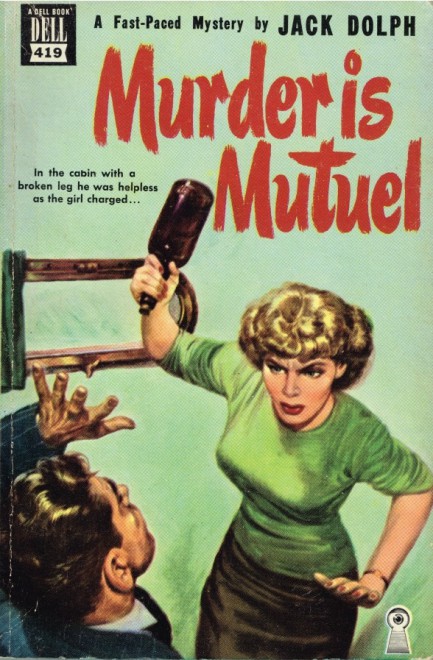
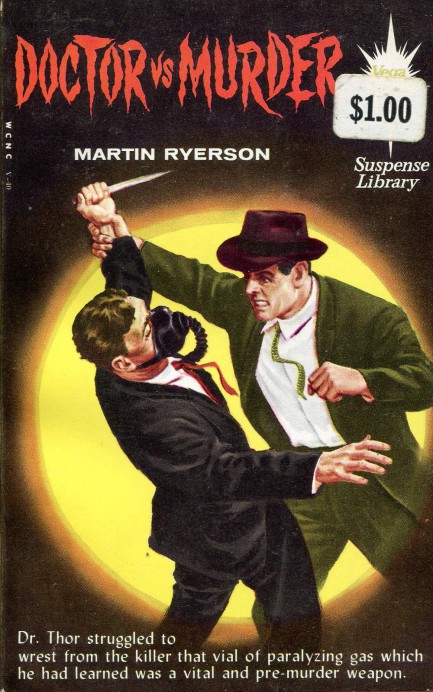
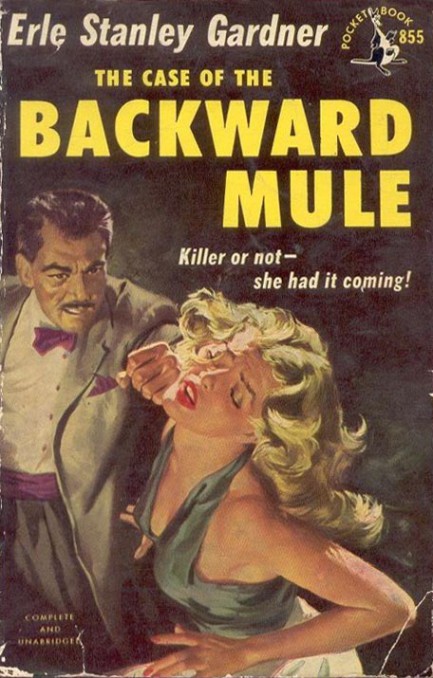
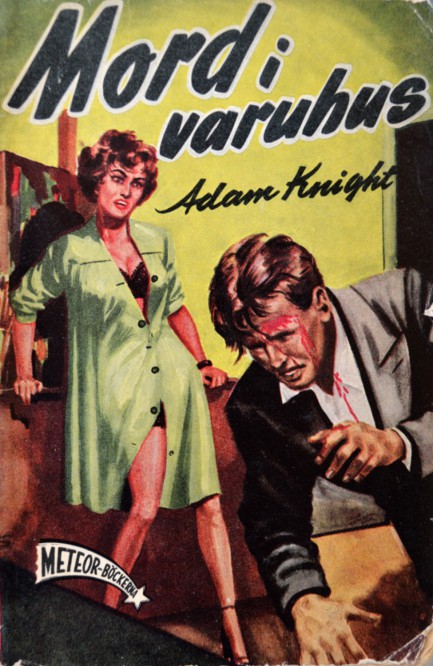
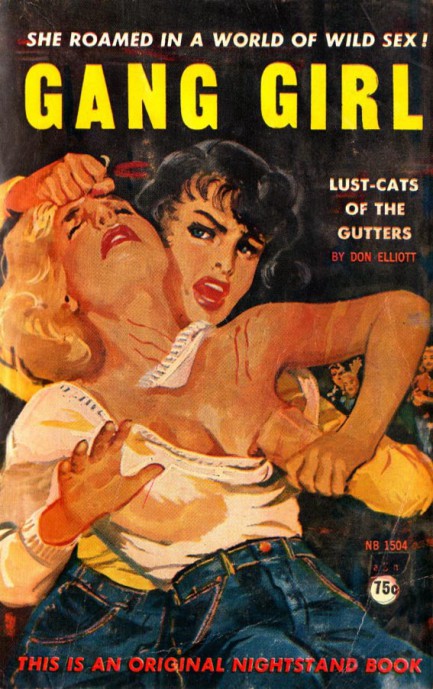
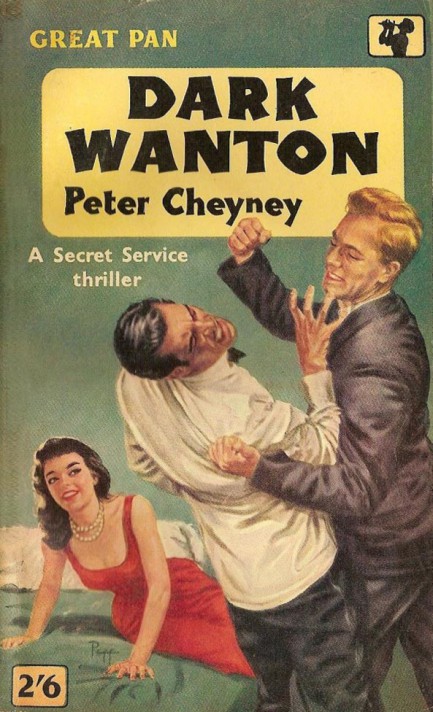
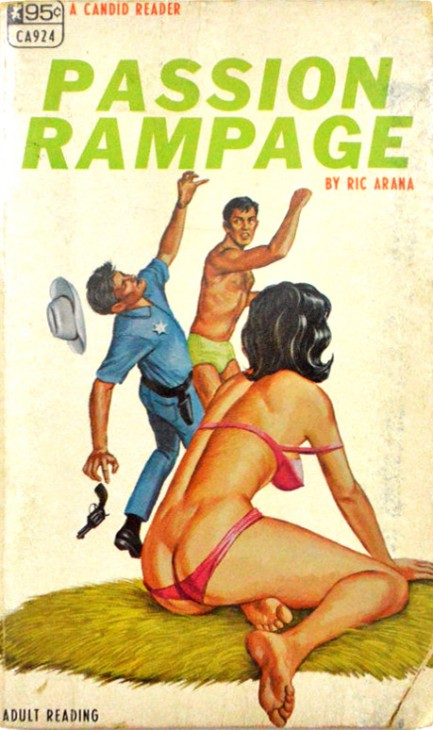
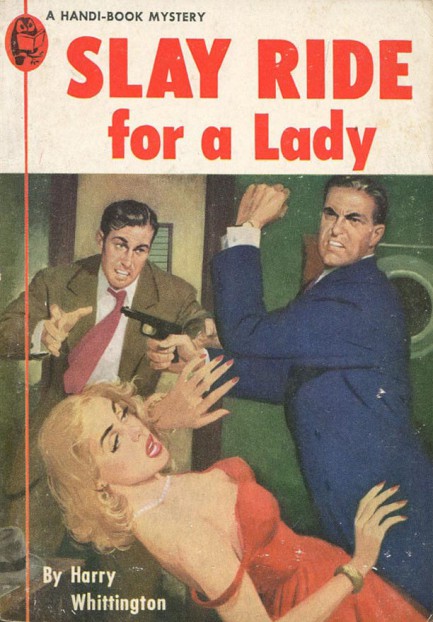
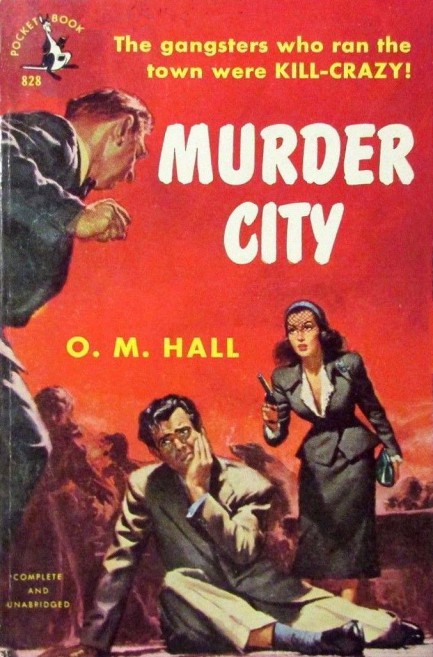
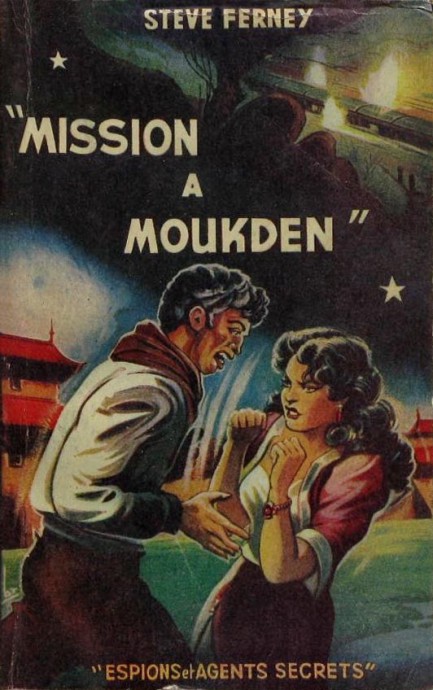
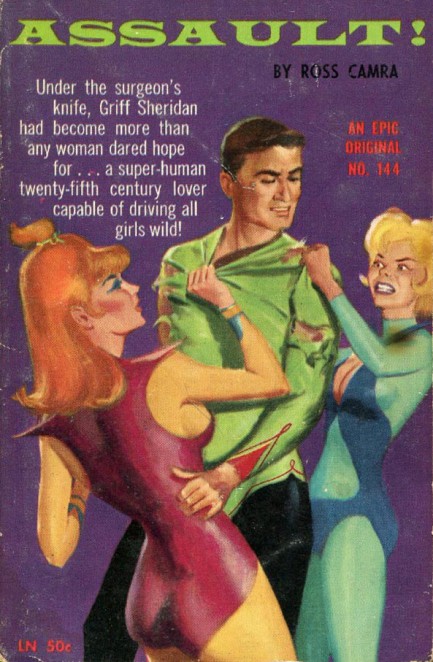
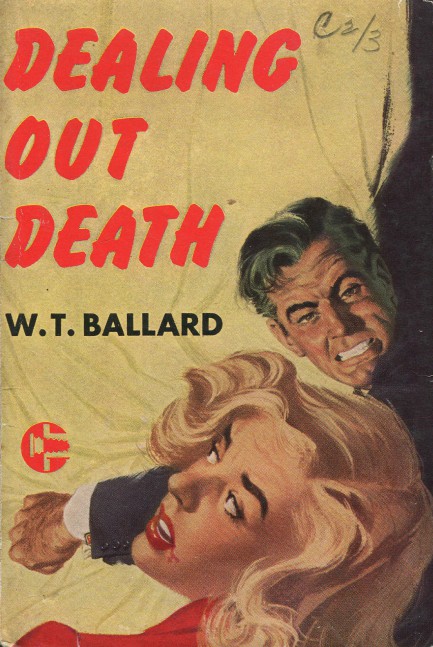
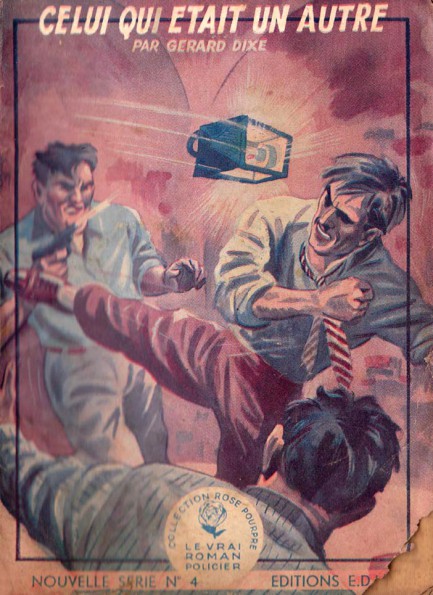
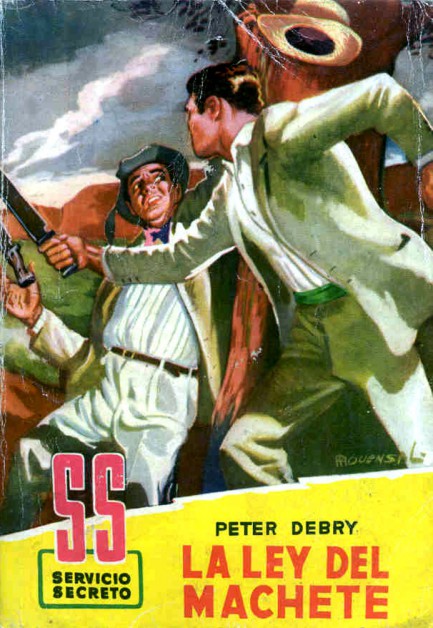
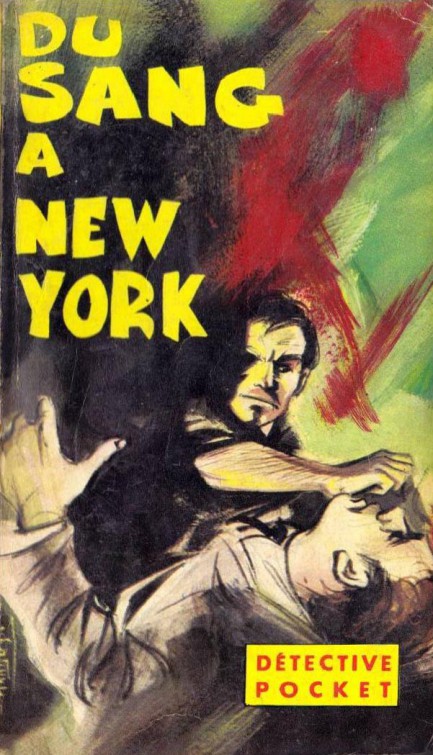
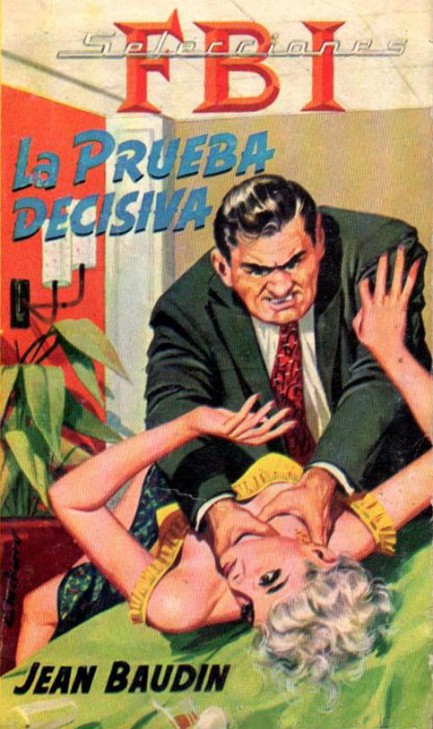
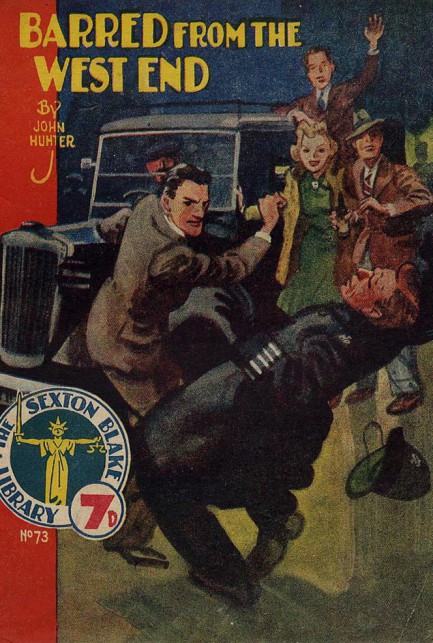
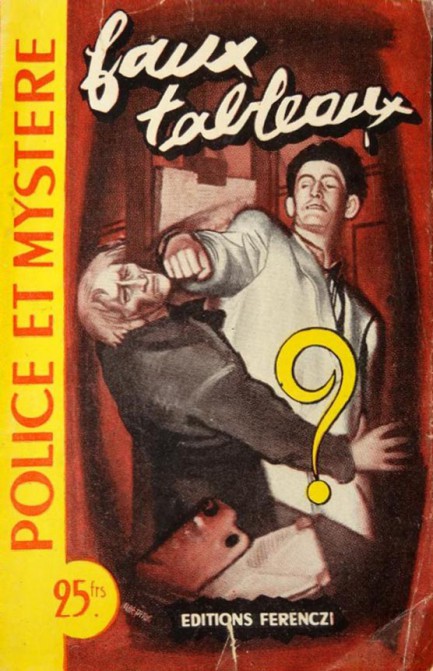
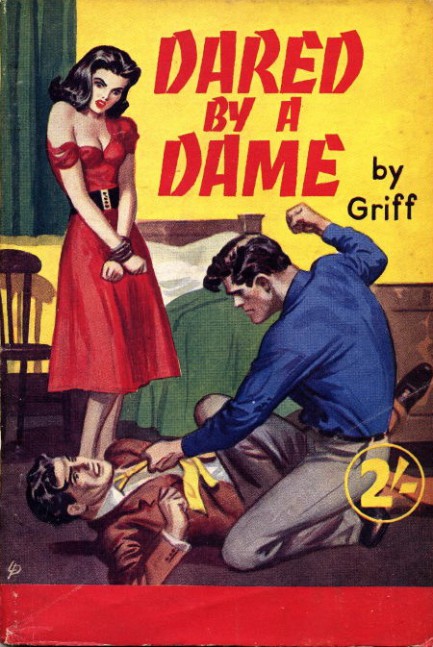
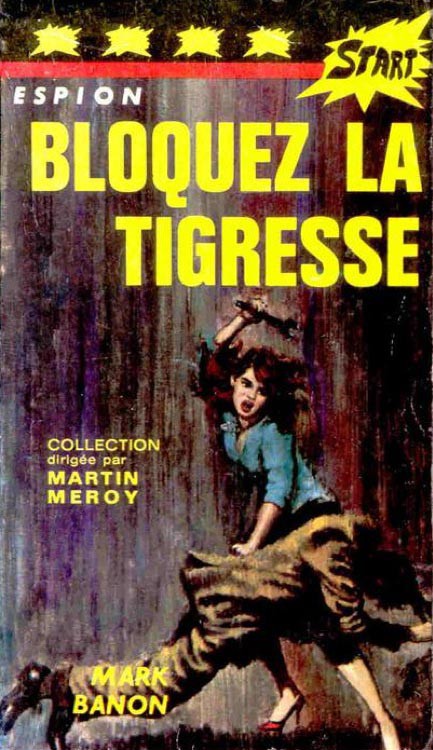
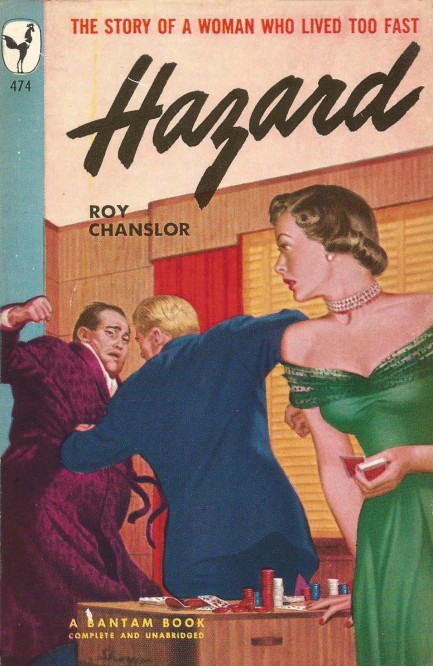

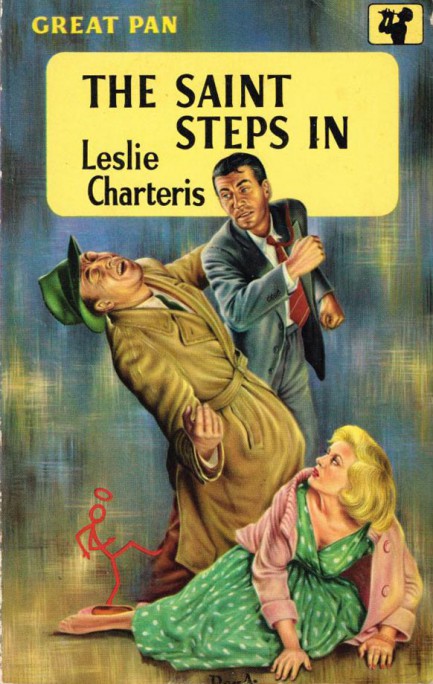
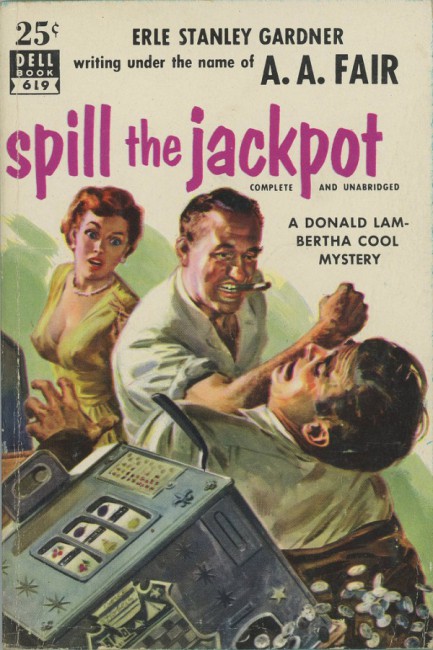

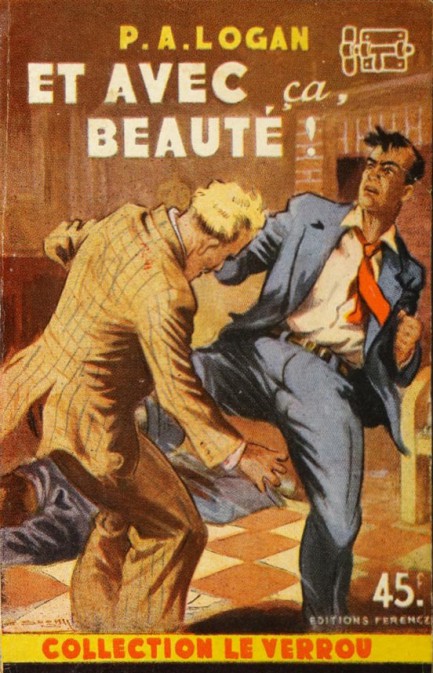
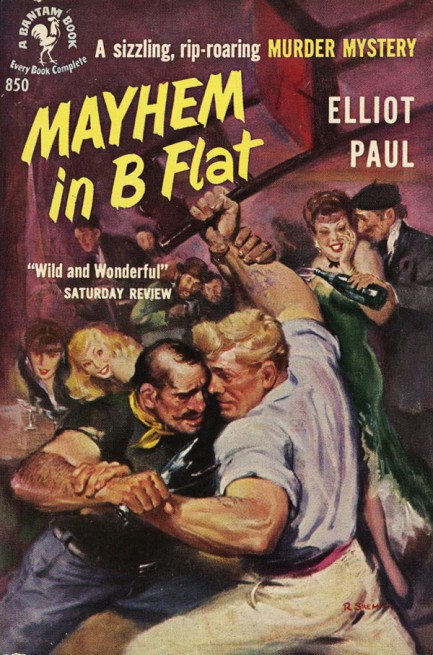
| Vintage Pulp | Nov 1 2011 |


No, it doesn’t look like that to us either. Don’t get us wrong. It isn’t bad. But top sixty? Ever? Yet we found it on a site that included it in its top sixty, along with a collection of other covers of which we can honestly say only three were excellent. There was not one Fixler or Aslan to be found. Nary a J. David, nor a Peff, nor even a hint of a Rader. Clearly, whoever put the feature together took sixty random images off Flickr (yet watermarked the art they borrowed) and called it a day.
This highlights one of the main problems with the internet: it’s difficult to know which sites are primarily focused upon providing information, and which exist solely to generate traffic revenue. A site can do both (as we try to do here with our very minimal ad presence), but when some corporate pulp site that possesses endless resources somehow misidentifies the pulp era as lasting from the 1950s to 1970s, and asserts that the term “pulp” was popularized by the movie Pulp Fiction, it’s clear that information has not only taken a back seat to traffic revenue—it’s being dragged 100 feet behind the car on a rope.
We would never presume to do something as subjective as select the best covers of all time, because who the hell are we? But we have, we hope, earned some credibility over the last three years. So on this, our official third anniversary, we're going to do a pulp cover collection of our own. We don't claim these are the best—only that we like them very much. We’re posting twenty-four because we’re too lazy to do sixty, but we think all of them are winners. A few have already appeared on our site; most have not. So here we go. And thanks to the sites from which we borrowed some of these. 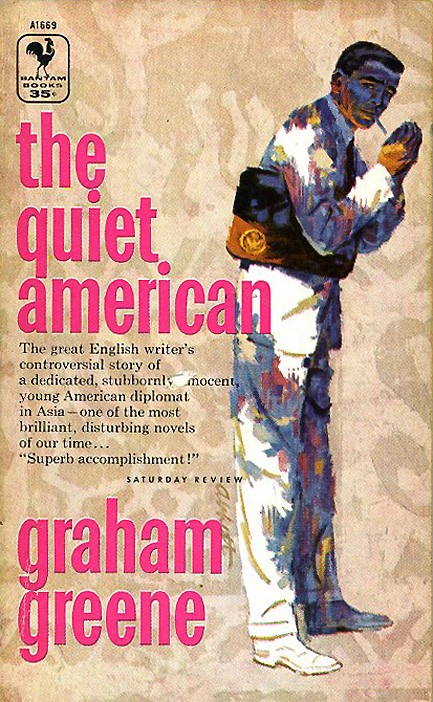
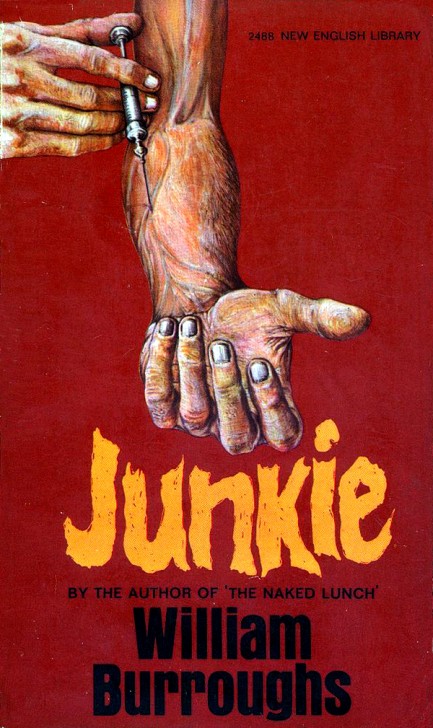
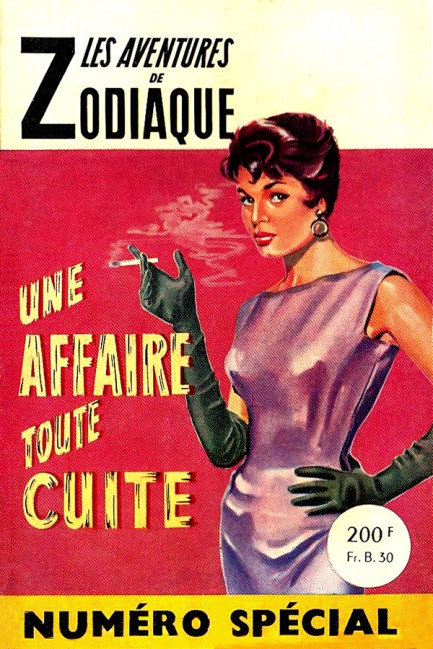
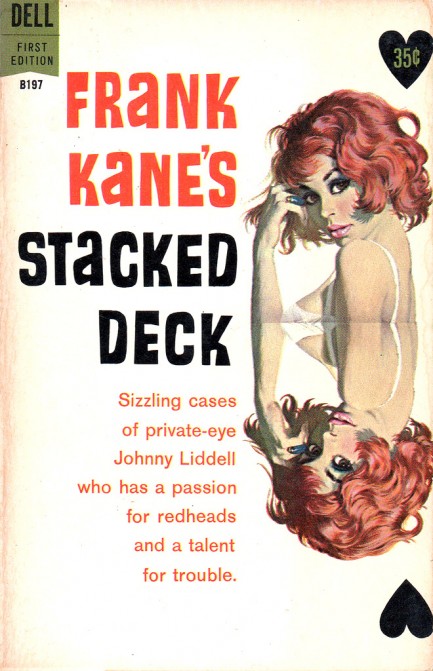
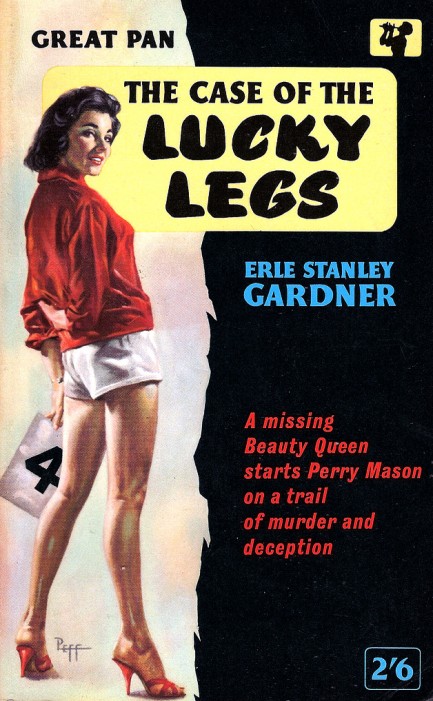
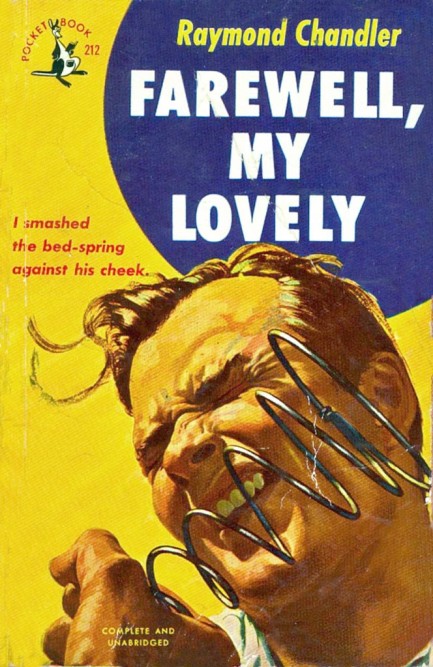
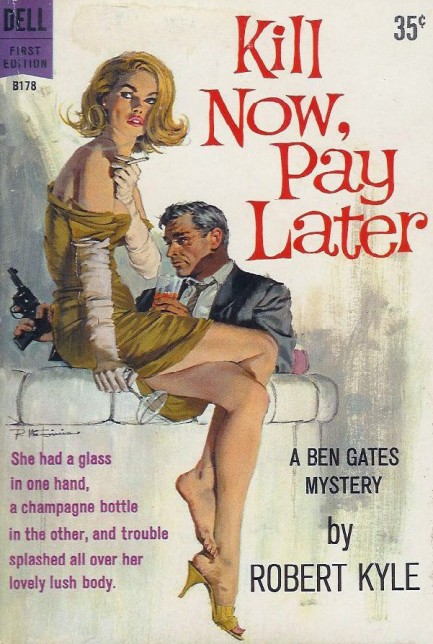
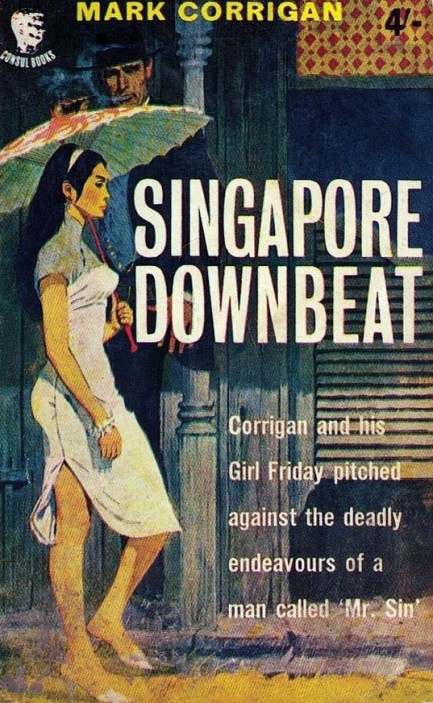
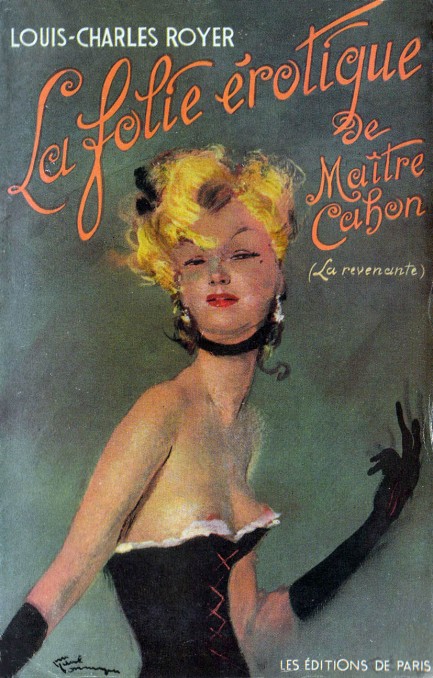
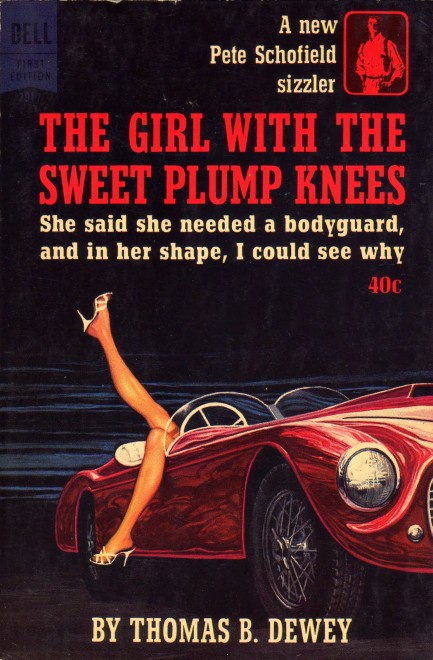
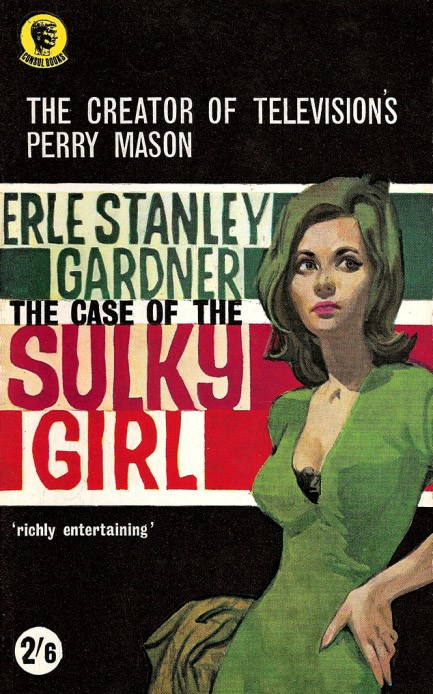
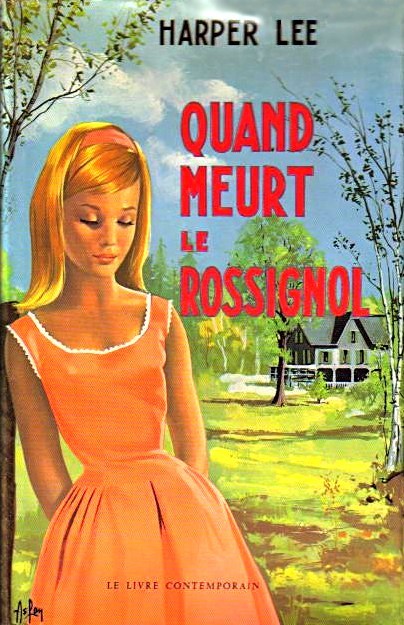

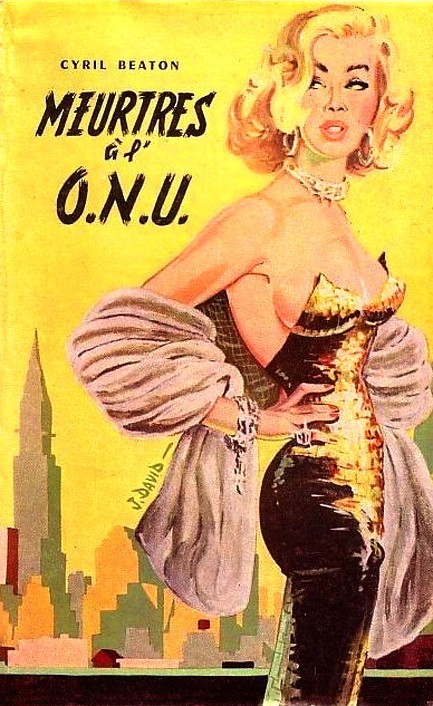
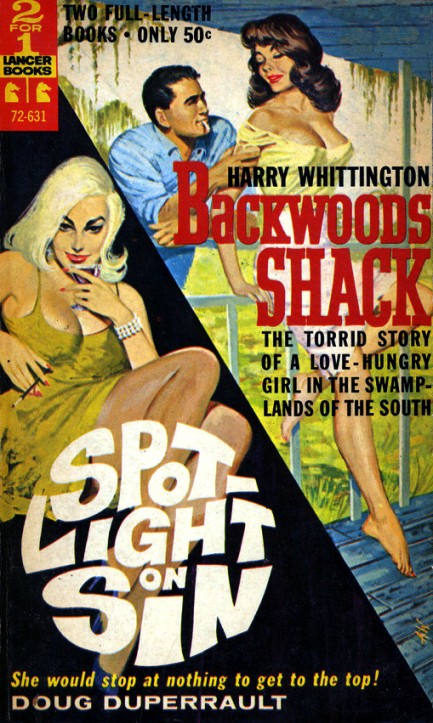

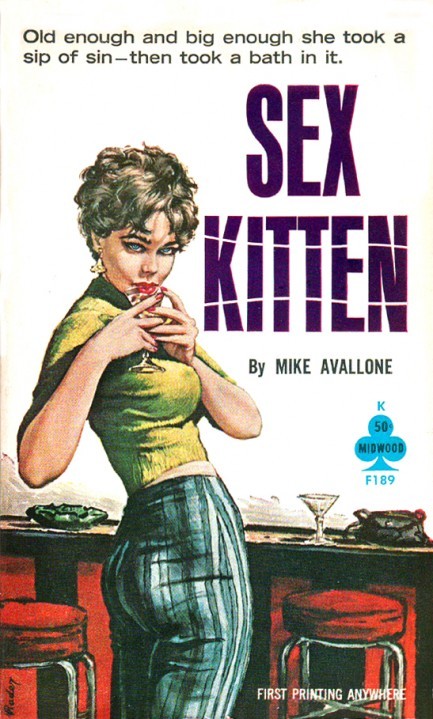
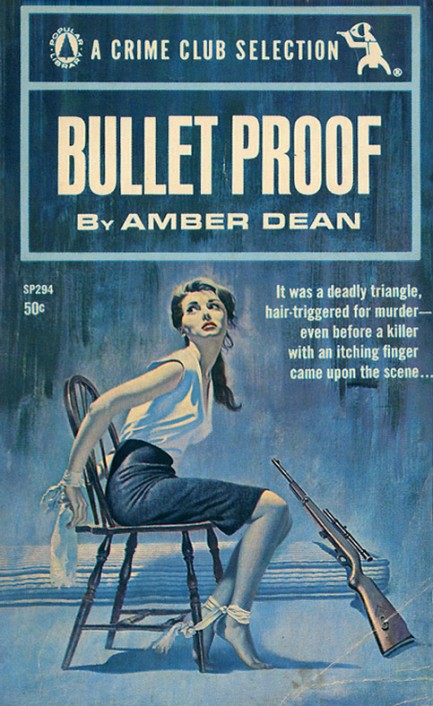
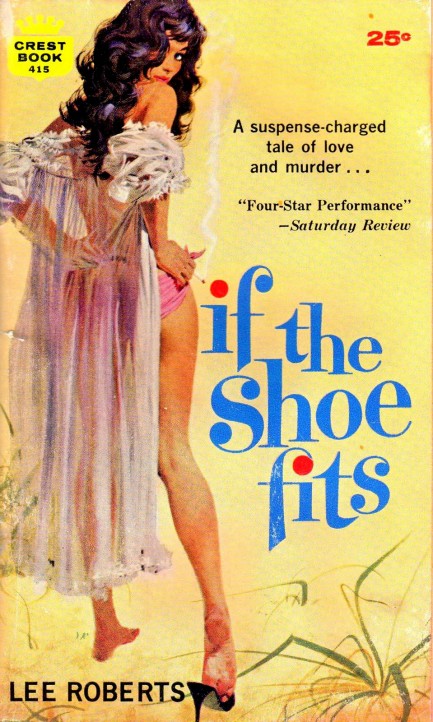
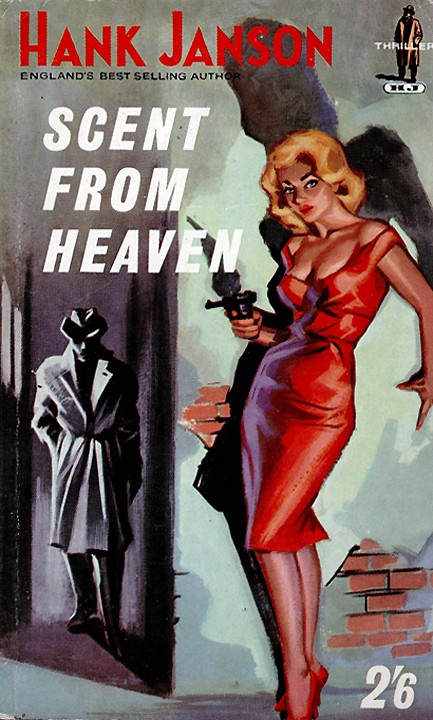

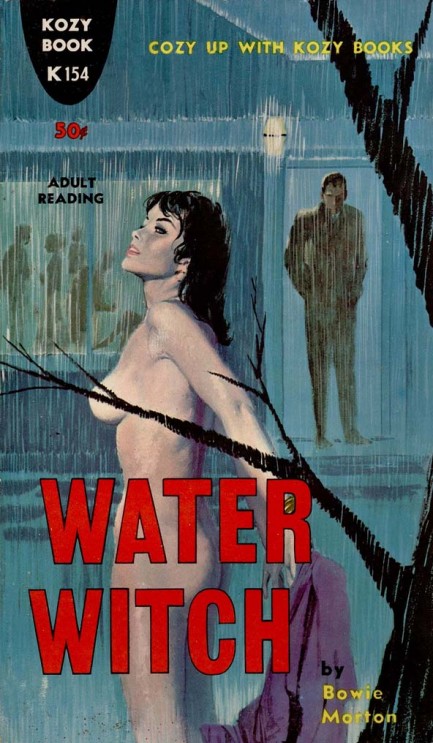
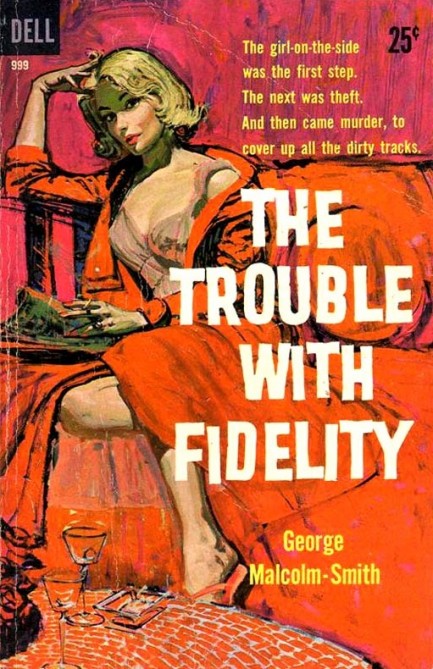
| Vintage Pulp | Apr 18 2011 |

Erle Stanley Gardner’s The Case of The Sulky Girl is one of those books that was reissued many times through the years with different covers, all quite nice. This isn’t an exceedingly rare occurrence, but the quality of the art in this case is notable. Below, we have seven examples starting with the original paperback cover from 1933, followed by excellent efforts from Muni (panel three), Dawson (panel four), Peffer (panel five), McGinnis (panel seven) and unknowns.